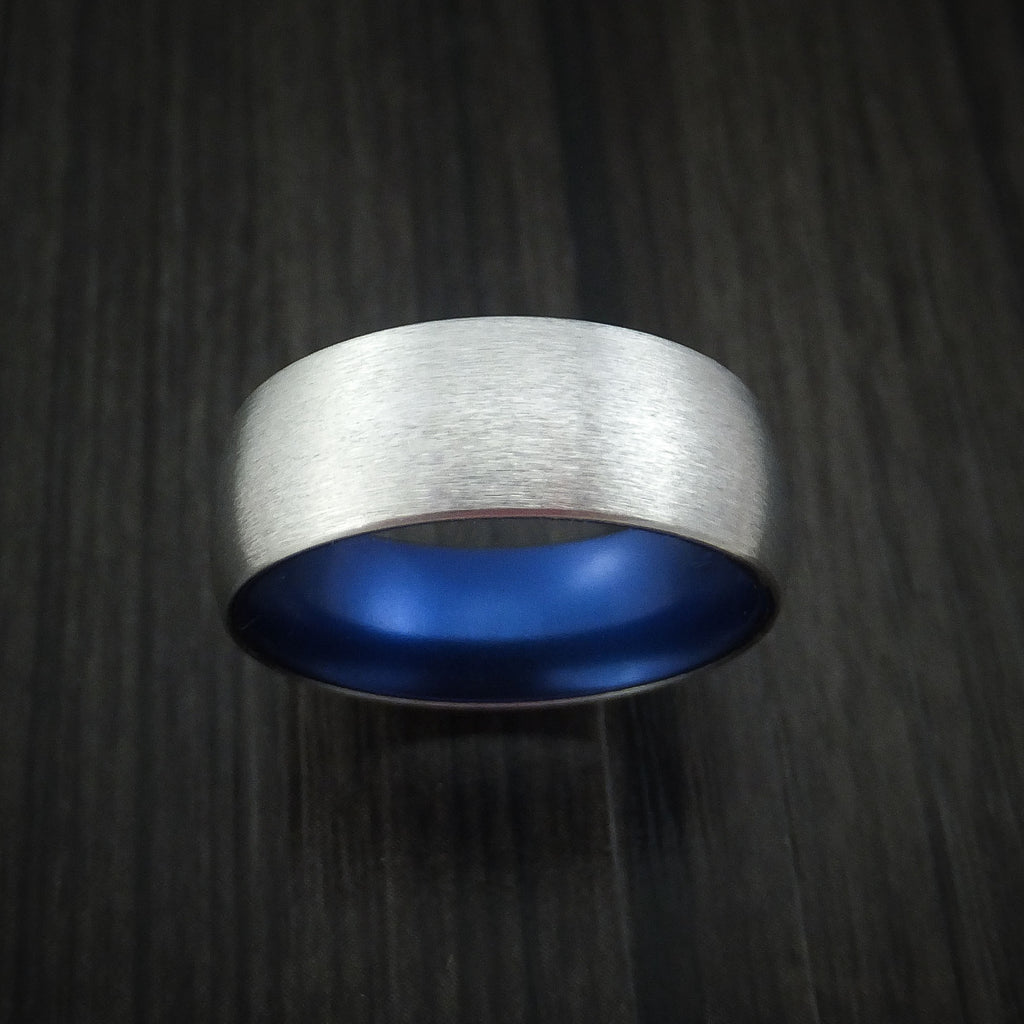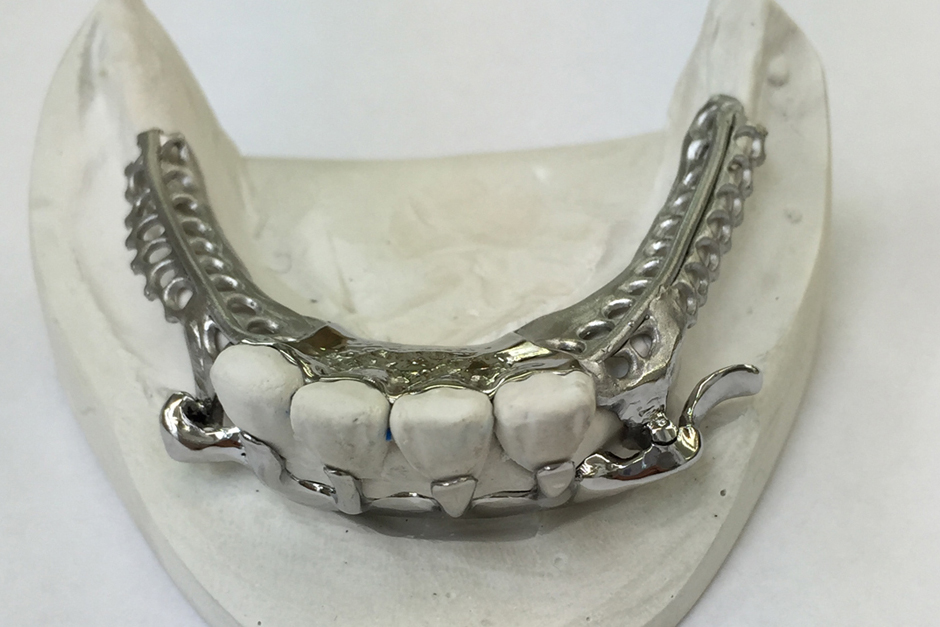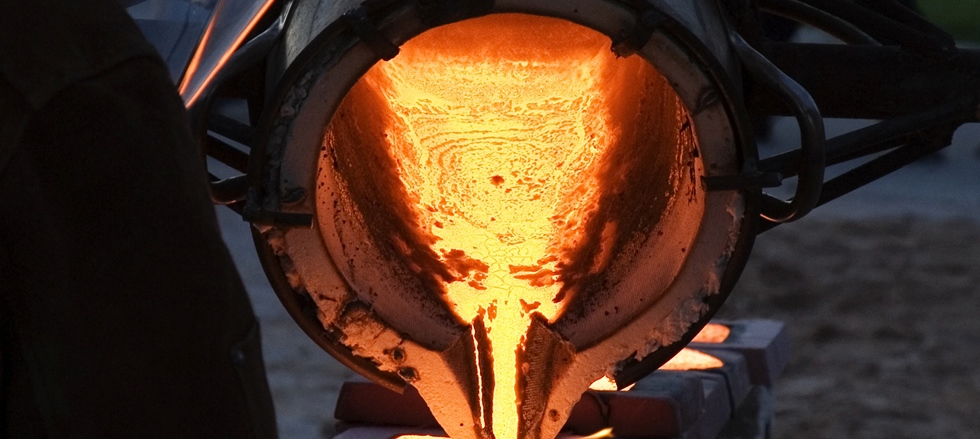

Shi, Effects of the Unit Cell Topology on the Compression Properties of Porous Co-Cr Scaffolds Fabricated Via Selective Laser Melting, Rapid Prototyp. Yan, Stiffness and Strength Tailoring of Cobalt Chromium Graded Cellular Structures for Stress-Shielding Reduction, Mater. Yan, Alternative Designs of Load−Sharing Cobalt Chromium Graded Femoral Stems, Mater. Kruth, Selective Laser Melting of Biocompatible Metals for Rapid Manufacturing of Medical Parts, Rapid Prototyp. Pihlar, Cobalt-Based Alloys for Orthopedic Applications Studied by Electrochemical and Xps Analysis, J.


Davis, Handbook of Materials for Medical Devices. Lopez, Effect of Alloy Preheating on the Mechanical Properties of As-Cast Co–Cr–Mo–C Alloys, Metall. Kwon, Microstructures and Mechanical Properties of Co-Cr Dental Alloys Fabricated by Three Cad/Cam-Based Processing Techniques, Materials, 2016, 9, p 596–609.Ĭ. Øilo, Internal and Marginal Fit of Cobalt-Chromium Fixed Dental Prostheses Fabricated with 3 Different Techniques, J. Zhang, Clinical Marginal and Internal Fit of Metal Ceramic Crowns Fabricated with a Selective Laser Melting Technology, J Prosthet Dent., 2015, 113, p 623–627. Wei, The Marginal Fit of Selective Laser Melting-Fabricated Metal Crowns: an in Vitro Study, J Prosthet Dent., 2014, 112, p 1437–1440. Williams, A Selective Laser Melted Co–Cr Alloy Used for the Rapid Manufacture of Removable Partial Denture Frameworks – Initial Screening Of Biocompatibility, J. In: Biocompatibility of Dental Materials. O’brien, Dental Materials and Their Selection. Sakaguchi, Craig’s Restorative Dental Materials, 12th ed. Wataha, Alloys for prosthodontic restorations, J. Wataha, Dental Materials: Properties and Manipulation, 7th ed. Dental Mater., 2014, 30, p 79–88.Īnnual Book of ASTM Standards, Section Thirteen, Medical devices and services, (2010) Zinelis, Metallurgical and Interfacial Characterization of PFM Co-Cr Dental Alloys Fabricated Via Casting, Mill Select. Hendrichs, Effects of the Selective Laser Melting Manufacturing Process on the Properties of CoCrMo Single Tracks, Met. Ciurana, Study of the Pore Formation on CoCrMo Alloys by Selective Laser Melting Manufacturing Process, Proc. Wei, Surface Properties and Corrosion Behavior of Co-Cr Alloy Fabricated with Selective Laser Melting Technique, Cell Biochem Biophys, 2013, 67, p 983–990. Wicker, A TEM Study of Cobalt-Base Alloy Prototypes Fabricated by EBM, Mater Sci Appl., 2011, 2, p 355–363. Al-Motlaq, Electrochemical Behaviour of Recasting Ni–Cr and Co–Cr Non-Precious Dental Alloys, Corros Sci., 2004, 46, p 2825–2836. It was also found that the mechanical properties of the SLM manufactured CoCr alloys are higher as compared to the cast alloys due to the dense, compact, homogeneous, and finer microstructure formed during the SLM process. It was found that the laser scanning speed was the most influential factor for the density and hardness of the SLM formed CoCr alloys. The present work is the review of different parameters that affect the component manufactured using SLM. There are different SLM process parameters that affect the mechanical properties of the built part. Powder bed fusion (PBF) is a type of additive manufacturing technique, which includes selective laser melting (SLM) process as one of the 3D printing techniques that is used for CoCr fabrication. The fabrication process for these alloys is crucial and plays an important role in the mechanical and metallurgical properties. Cobalt-chromium (CoCr) alloys are widely known for their biomedical applications due to their numerous favorable characteristics.


 0 kommentar(er)
0 kommentar(er)
